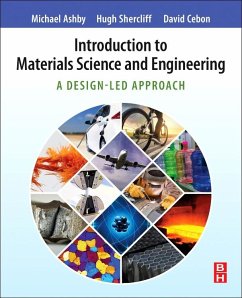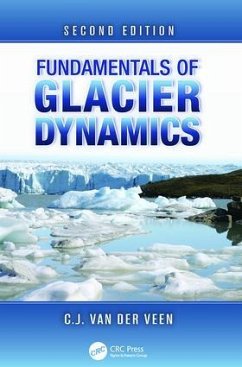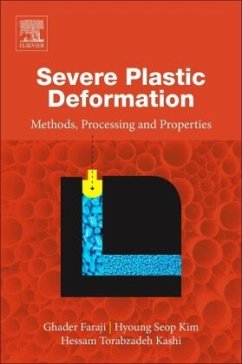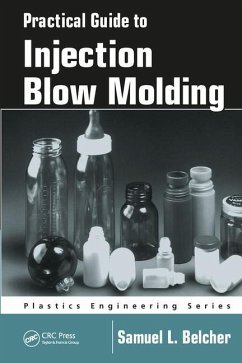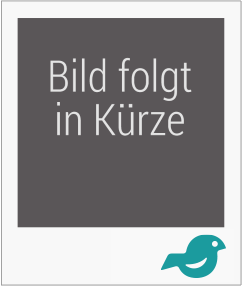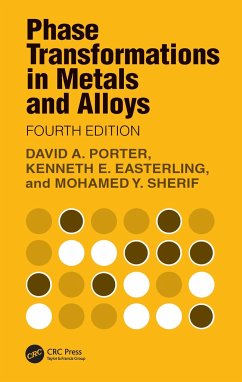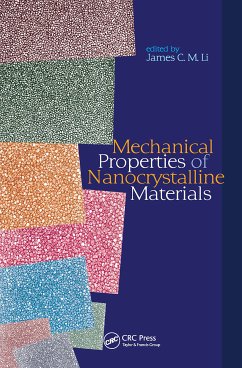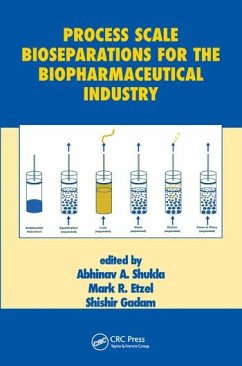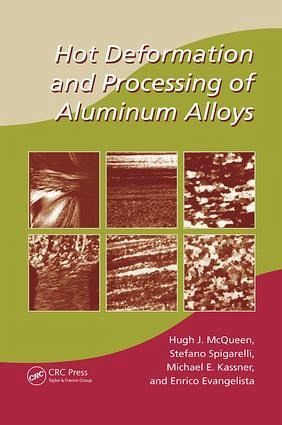
Hot Deformation and Processing of Aluminum Alloys
Versandkostenfrei!
Versandfertig in 6-10 Tagen
112,99 €
inkl. MwSt.
Weitere Ausgaben:

PAYBACK Punkte
56 °P sammeln!
A comprehensive treatise on the hot working of aluminum and its alloys, Hot Deformation and Processing of Aluminum Alloys details the possible microstructural developments that can occur with hot deformation of various alloys, as well as the kind of mechanical properties that can be anticipated. The authors take great care to explain and differentiate hot working in the context of other elevated temperature phenomena, such as creep, superplasticity, cold working, and annealing. They also pay particular attention to the fundamental mechanisms of aluminum plasticity at hot working temperatures.U...
A comprehensive treatise on the hot working of aluminum and its alloys, Hot Deformation and Processing of Aluminum Alloys details the possible microstructural developments that can occur with hot deformation of various alloys, as well as the kind of mechanical properties that can be anticipated. The authors take great care to explain and differentiate hot working in the context of other elevated temperature phenomena, such as creep, superplasticity, cold working, and annealing. They also pay particular attention to the fundamental mechanisms of aluminum plasticity at hot working temperatures.
Using extensive analysis derived from polarized light optical microscopy (POM), transmission electron microscopy (TEM), x-ray diffraction (XRD) scanning electron-microscopy with electron backscatter imaging (SEM-EBSD), and orientation imaging microscopy (OIM), the authors examine those microstructures that evolve in torsion, compression, extrusion, and rolling. Further microstructural analysis leads to detailed explanations of dynamic recovery (DRV), static recovery (SRV), discontinuous dynamic recrystallization (dDRX), discontinuous static recrystallization (dSRX), grain defining dynamic recovery (gDRV) (formerly geometric dynamic recrystallization, or gDRX), and continuous dynamic recrystallization involving both a single phase (cDRX/1-phase) and multiple phases (cDRX/2-phase).
A companion to other works that focus on modeling, manufacturing involving plastic and superplastic deformation, and control of texture and phase transformations, this book provides thorough explanations of microstructural development to lay the foundation for further study of the mechanisms of thermomechanical processes and their application.
Using extensive analysis derived from polarized light optical microscopy (POM), transmission electron microscopy (TEM), x-ray diffraction (XRD) scanning electron-microscopy with electron backscatter imaging (SEM-EBSD), and orientation imaging microscopy (OIM), the authors examine those microstructures that evolve in torsion, compression, extrusion, and rolling. Further microstructural analysis leads to detailed explanations of dynamic recovery (DRV), static recovery (SRV), discontinuous dynamic recrystallization (dDRX), discontinuous static recrystallization (dSRX), grain defining dynamic recovery (gDRV) (formerly geometric dynamic recrystallization, or gDRX), and continuous dynamic recrystallization involving both a single phase (cDRX/1-phase) and multiple phases (cDRX/2-phase).
A companion to other works that focus on modeling, manufacturing involving plastic and superplastic deformation, and control of texture and phase transformations, this book provides thorough explanations of microstructural development to lay the foundation for further study of the mechanisms of thermomechanical processes and their application.





